Home>Furniture & Design>Bathroom Accessories>Why Are There Tiny Bugs In My Bathtub
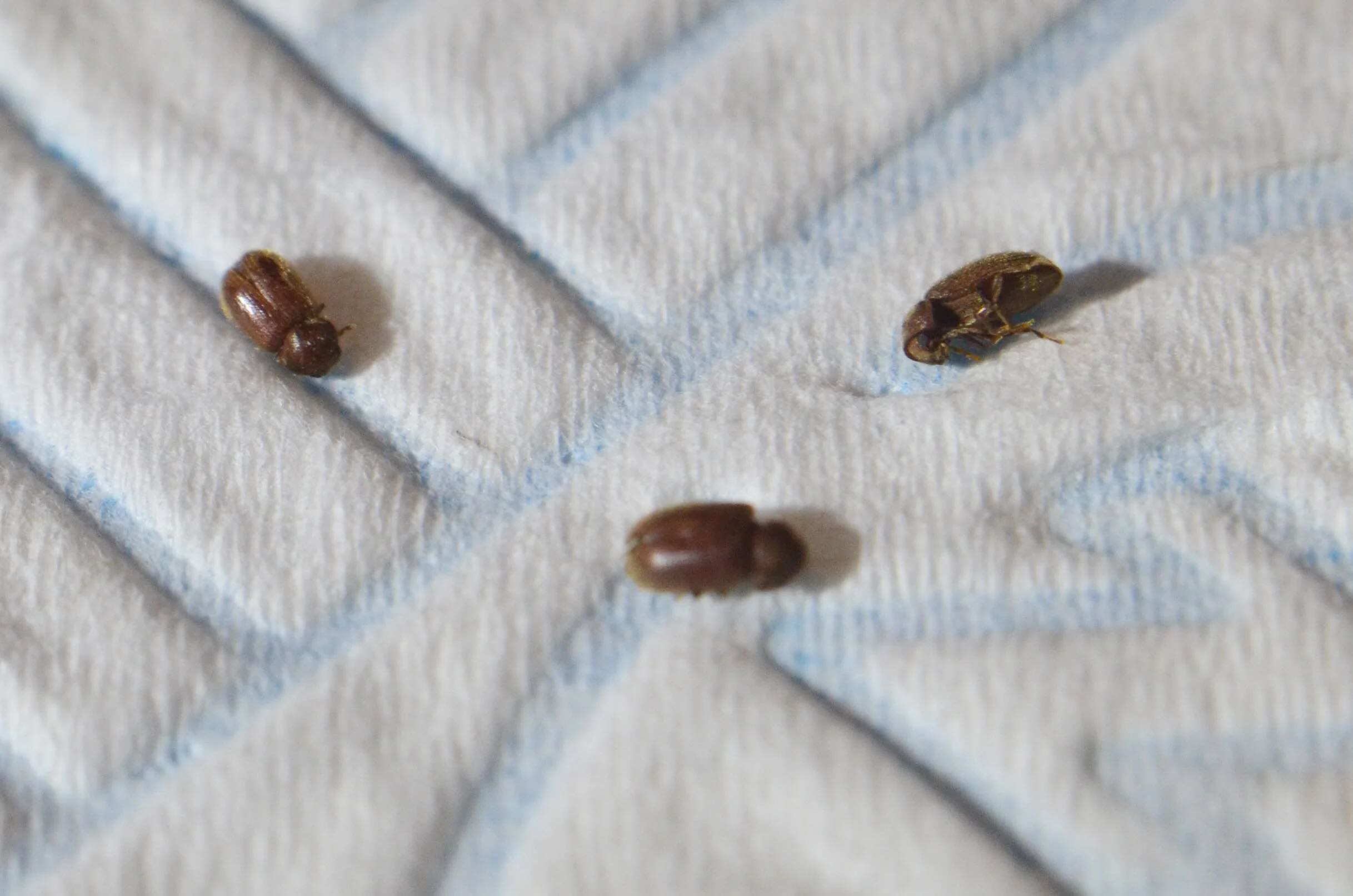

Bathroom Accessories
Why Are There Tiny Bugs In My Bathtub
Modified: February 19, 2024
Discover the reasons for tiny bugs in your bathtub and how to prevent them with the right bathroom accessories. Keep your bathroom bug-free!
(Many of the links in this article redirect to a specific reviewed product. Your purchase of these products through affiliate links helps to generate commission for Storables.com, at no extra cost. Learn more)
Introduction
Have you ever stepped into your bathroom, only to discover tiny bugs scurrying around your bathtub? It's a disconcerting sight, to say the least. The presence of these unexpected visitors can leave you feeling perplexed and eager to find out why they have chosen your bathtub as their new hangout spot.
In this article, we will delve into the world of these tiny bugs and explore the reasons behind their presence in your bathtub. Understanding the types of bugs commonly found in this area, as well as the factors that attract them, can provide valuable insights into how to prevent and eliminate their presence. So, let's embark on this investigative journey to uncover the secrets of these elusive bathroom bugs and learn how to bid them farewell.
Key Takeaways:
- Keep your bathtub bug-free by regularly cleaning and maintaining it to eliminate organic matter and reduce moisture levels. Sealing cracks and using drain covers can also prevent bug infestations.
- Understanding the types of bugs in your bathtub and the reasons for their presence can help you implement targeted prevention and removal strategies, such as natural drain cleaners and professional pest control services.
Read more: What Are The Tiny Bugs In My Bathtub
Understanding the Tiny Bugs
When encountering tiny bugs in your bathtub, it's essential to identify and understand the specific types of insects that have taken up residence in this unexpected location. These bugs are often drawn to the moist and humid environment of the bathroom, making the bathtub an ideal habitat for them to thrive. Understanding the characteristics and behaviors of these tiny creatures can shed light on the best strategies for dealing with them effectively.
The most common types of bugs found in bathtubs include drain flies, also known as moth flies, and springtails. Drain flies are small, moth-like insects with a fuzzy appearance, often found near drains and sewage systems. They are attracted to the organic matter and moisture present in bathroom drains, making them a frequent sight in bathtubs. On the other hand, springtails are tiny, wingless insects that are adept at jumping, hence their name. These resilient creatures are often found in damp areas and are drawn to the moist surfaces of bathtubs.
Understanding the life cycles and habits of these tiny bugs is crucial in devising effective methods for controlling their population. Drain flies, for instance, lay their eggs in the gelatinous film that forms inside drains, providing a suitable environment for their larvae to develop. Springtails, on the other hand, thrive in moist conditions and feed on organic matter present in the bathroom environment. By comprehending the preferences and behaviors of these insects, homeowners can implement targeted approaches to manage and eliminate their presence in the bathtub.
In addition to drain flies and springtails, other tiny bugs such as ants, cockroaches, and even spiders may occasionally find their way into bathtubs. These intruders are often seeking water sources or shelter, making the bathtub an attractive location due to its proximity to plumbing fixtures and moisture. Understanding the diverse range of tiny bugs that may inhabit your bathtub enables you to identify the specific challenges posed by each type and tailor your approach to address them effectively.
By gaining a deeper understanding of the tiny bugs that have taken up residence in your bathtub, you can equip yourself with the knowledge needed to tackle this issue proactively. With this insight, you'll be better prepared to explore the common types of bugs found in bathtubs and the reasons behind their presence, which we will delve into next.
Common Types of Bugs Found in Bathtubs
When it comes to encountering unexpected visitors in your bathtub, it's essential to be able to identify the common types of bugs that may take up residence in this area. Understanding the characteristics and behaviors of these tiny creatures can provide valuable insights into how to effectively manage their presence. Here are the most prevalent types of bugs found in bathtubs:
1. Drain Flies (Moth Flies):
Drain flies, also known as moth flies, are small, moth-like insects that are commonly found near drains and sewage systems. These tiny bugs are attracted to the organic matter and moisture present in bathroom drains, making them frequent inhabitants of bathtubs. With a fuzzy appearance, drain flies are often mistaken for small moths due to their delicate wings and erratic flight patterns. These insects lay their eggs in the gelatinous film that forms inside drains, providing an ideal environment for their larvae to develop. As a result, drain flies can quickly multiply and become a nuisance in the bathroom.
2. Springtails:
Springtails are tiny, wingless insects known for their remarkable jumping abilities, which is how they earned their name. These resilient creatures are often found in damp areas, making the moist surfaces of bathtubs an attractive habitat for them. Springtails thrive in moist conditions and feed on organic matter present in the bathroom environment. Due to their small size and agility, springtails can easily navigate through bathroom spaces, including bathtubs, where they seek out moisture and suitable breeding grounds.
Read more: Why Is My Bathtub Chipping
3. Other Intruders:
In addition to drain flies and springtails, other types of tiny bugs may occasionally find their way into bathtubs. Ants, cockroaches, and even spiders are among the occasional visitors that may be seeking water sources or shelter. These intruders are drawn to the bathtub due to its proximity to plumbing fixtures and the presence of moisture, making it an attractive location for them to explore.
By recognizing the common types of bugs found in bathtubs, homeowners can gain a better understanding of the specific challenges posed by each type of insect. This knowledge is crucial for devising targeted strategies to manage and eliminate the presence of these tiny bugs effectively. With a clear understanding of the common types of bugs found in bathtubs, homeowners can proceed to explore the reasons behind their presence and the best approaches for prevention and removal.
Reasons for Bugs in Bathtubs
The presence of bugs in bathtubs can be attributed to several factors that make this area an attractive habitat for these tiny creatures. Understanding the reasons behind the infestation of bugs in bathtubs is crucial for implementing effective prevention and removal strategies. Here are the primary reasons for bugs in bathtubs:
-
Moisture and Humidity: Bathtubs provide an environment with high moisture levels, especially after showers or baths. This damp and humid setting is highly appealing to a variety of insects, including drain flies and springtails. These bugs are naturally drawn to areas with abundant moisture, making bathtubs an ideal location for them to thrive.
-
Organic Matter Buildup: Over time, organic matter such as hair, soap scum, and skin cells can accumulate in drains and around the bathtub area. This organic buildup serves as a food source for drain flies and other tiny bugs, attracting them to the vicinity of the bathtub. The presence of decaying organic matter provides an ideal breeding ground for these insects, contributing to their population growth.
-
Stagnant Water: Stagnant water in the form of residual bathwater or standing water in drains can create a conducive environment for bugs to breed and multiply. Drain flies, in particular, lay their eggs in the gelatinous film that forms in drains, utilizing the stagnant water as a breeding site. The presence of stagnant water in bathtubs can therefore facilitate the proliferation of these tiny insects.
-
Cracks and Crevices: Bathtubs with cracks, crevices, or damaged seals can harbor moisture and organic debris, creating hidden spaces where bugs can take refuge. These vulnerable areas provide insects with shelter and protection, allowing them to establish colonies and evade detection. Additionally, the presence of cracks and crevices can make it challenging to thoroughly clean and sanitize the bathtub, further exacerbating the bug infestation.
-
Proximity to Plumbing Fixtures: The proximity of bathtubs to plumbing fixtures, including drains and water pipes, can provide insects with easy access to water sources. Bugs such as springtails are attracted to the moisture around plumbing fixtures, making bathtubs a convenient location for them to forage for water and sustenance.
By understanding these reasons for bugs in bathtubs, homeowners can take proactive measures to address these contributing factors and minimize the likelihood of bug infestations. Implementing regular cleaning and maintenance practices, addressing plumbing issues, and reducing moisture levels in the bathroom can significantly deter the presence of bugs in bathtubs.
Prevention and Removal of Bugs in Bathtubs
Preventing and removing bugs in bathtubs requires a proactive approach that addresses the underlying factors contributing to their presence. By implementing targeted strategies, homeowners can effectively manage and eliminate these tiny pests, restoring the comfort and cleanliness of their bathrooms.
Prevention Strategies
-
Regular Cleaning and Maintenance: Establishing a routine for cleaning and maintaining the bathtub and its surroundings is essential for preventing bug infestations. Regularly scrubbing the bathtub, cleaning drains, and removing any organic debris can help eliminate potential food sources for insects. Additionally, addressing leaks and ensuring proper ventilation can reduce moisture levels, making the environment less hospitable to bugs.
-
Use of Drain Covers: Installing drain covers or screens can prevent insects such as drain flies from accessing the interior of drains where they lay their eggs. These covers act as a barrier, effectively blocking insects from breeding within the drains and subsequently reducing their population in the bathtub area.
-
Sealing Cracks and Crevices: Repairing any cracks, crevices, or damaged seals in the bathtub and surrounding areas can eliminate hiding spots for bugs. By sealing these vulnerable areas, homeowners can minimize the likelihood of insects finding shelter and establishing colonies within the bathroom.
-
Proper Waste Disposal: Disposing of organic waste, such as hair and soap scum, in a timely manner can prevent the accumulation of organic matter that attracts bugs. Using drain strainers to capture debris and promptly disposing of collected waste can help maintain a clean and uninviting environment for insects.
Read more: Why Is My Bathtub Yellow
Removal Strategies
-
Natural Drain Cleaners: Utilizing natural drain cleaners, such as a mixture of baking soda and vinegar, can help break down organic buildup in drains without resorting to harsh chemicals. This approach can effectively eliminate the gelatinous film where drain flies lay their eggs, reducing their breeding grounds and population.
-
Professional Pest Control Services: In cases of severe infestations or persistent bug problems, seeking the assistance of professional pest control services may be necessary. Pest control experts can assess the extent of the infestation and implement targeted treatments to eradicate bugs from the bathtub area, ensuring thorough removal and prevention of future occurrences.
-
Drying Out the Bathtub: Allowing the bathtub and surrounding areas to dry completely after use can discourage the presence of moisture-dependent insects. Proper ventilation and wiping down surfaces to remove excess water can create an inhospitable environment for bugs, deterring their presence in the bathroom.
By combining these prevention and removal strategies, homeowners can effectively combat bug infestations in bathtubs, promoting a clean and bug-free bathroom environment. Implementing proactive measures and addressing contributing factors can significantly reduce the likelihood of bugs taking up residence in the bathtub, allowing homeowners to enjoy a hygienic and pest-free bathing experience.
Conclusion
In conclusion, the presence of tiny bugs in bathtubs can be a source of frustration and concern for homeowners. Understanding the common types of bugs found in bathtubs, including drain flies, springtails, and occasional intruders such as ants and cockroaches, provides valuable insights into the specific challenges posed by each type of insect. By recognizing the reasons behind the infestation of bugs in bathtubs, homeowners can take proactive measures to address contributing factors and minimize the likelihood of bug infestations.
The moist and humid environment of bathtubs, coupled with the accumulation of organic matter and stagnant water, creates an ideal habitat for insects to thrive. Additionally, the proximity of bathtubs to plumbing fixtures and the presence of cracks and crevices further contribute to the appeal of this area for bugs seeking moisture and shelter. By understanding these factors, homeowners can implement prevention strategies such as regular cleaning and maintenance, the use of drain covers, sealing cracks and crevices, and proper waste disposal to deter the presence of bugs in bathtubs.
Furthermore, effective removal strategies, including the use of natural drain cleaners, professional pest control services, and ensuring thorough drying of the bathtub and surrounding areas, can help eliminate existing bug infestations and prevent their recurrence. By combining these prevention and removal strategies, homeowners can create a clean and bug-free environment in their bathrooms, promoting hygiene and comfort.
Ultimately, the presence of tiny bugs in bathtubs can be effectively managed through a proactive and comprehensive approach that addresses the underlying factors contributing to their infestation. By gaining a deeper understanding of the types of bugs commonly found in bathtubs and the reasons behind their presence, homeowners can take control of the situation and maintain a clean and inviting bathroom environment. With the implementation of targeted prevention and removal strategies, bugs in bathtubs can be a thing of the past, allowing homeowners to enjoy a peaceful and pest-free bathing experience.
Frequently Asked Questions about Why Are There Tiny Bugs In My Bathtub
Was this page helpful?
At Storables.com, we guarantee accurate and reliable information. Our content, validated by Expert Board Contributors, is crafted following stringent Editorial Policies. We're committed to providing you with well-researched, expert-backed insights for all your informational needs.
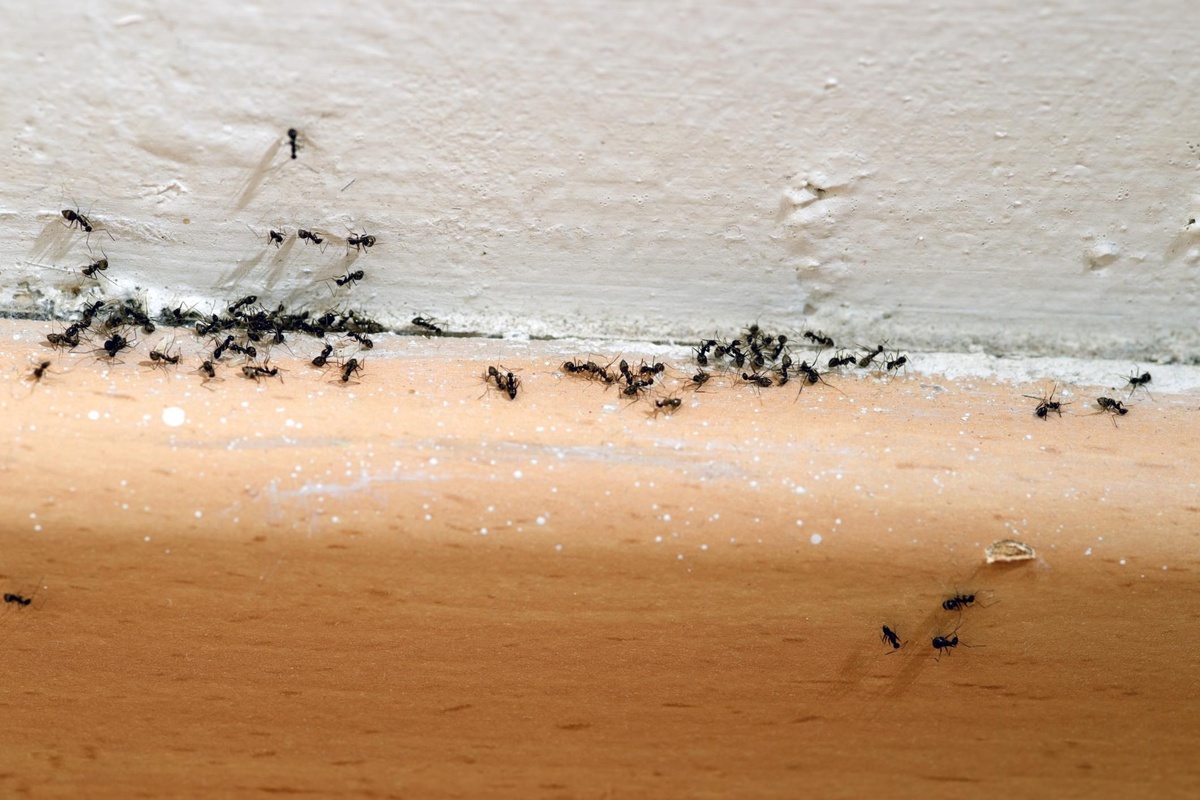
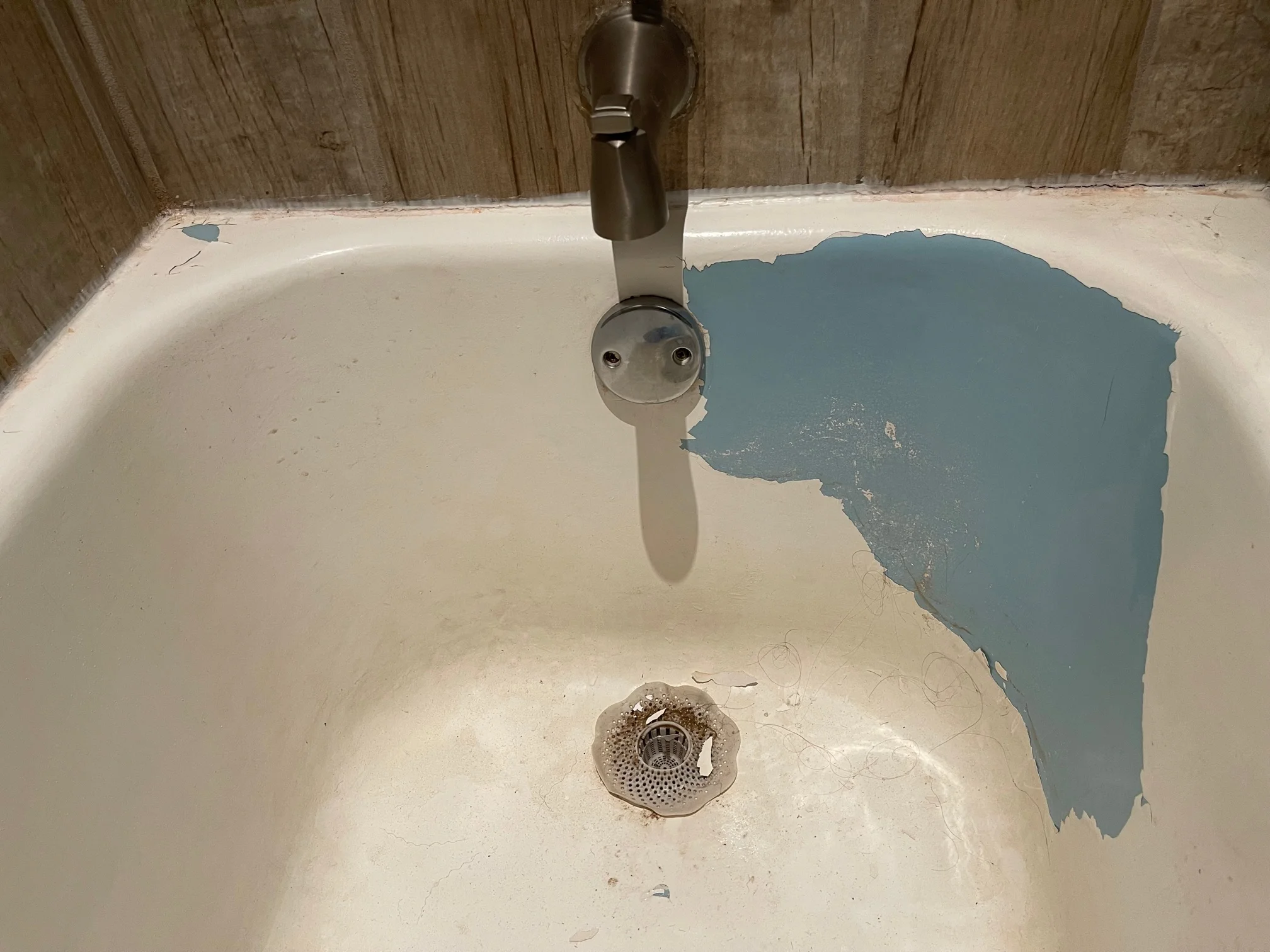
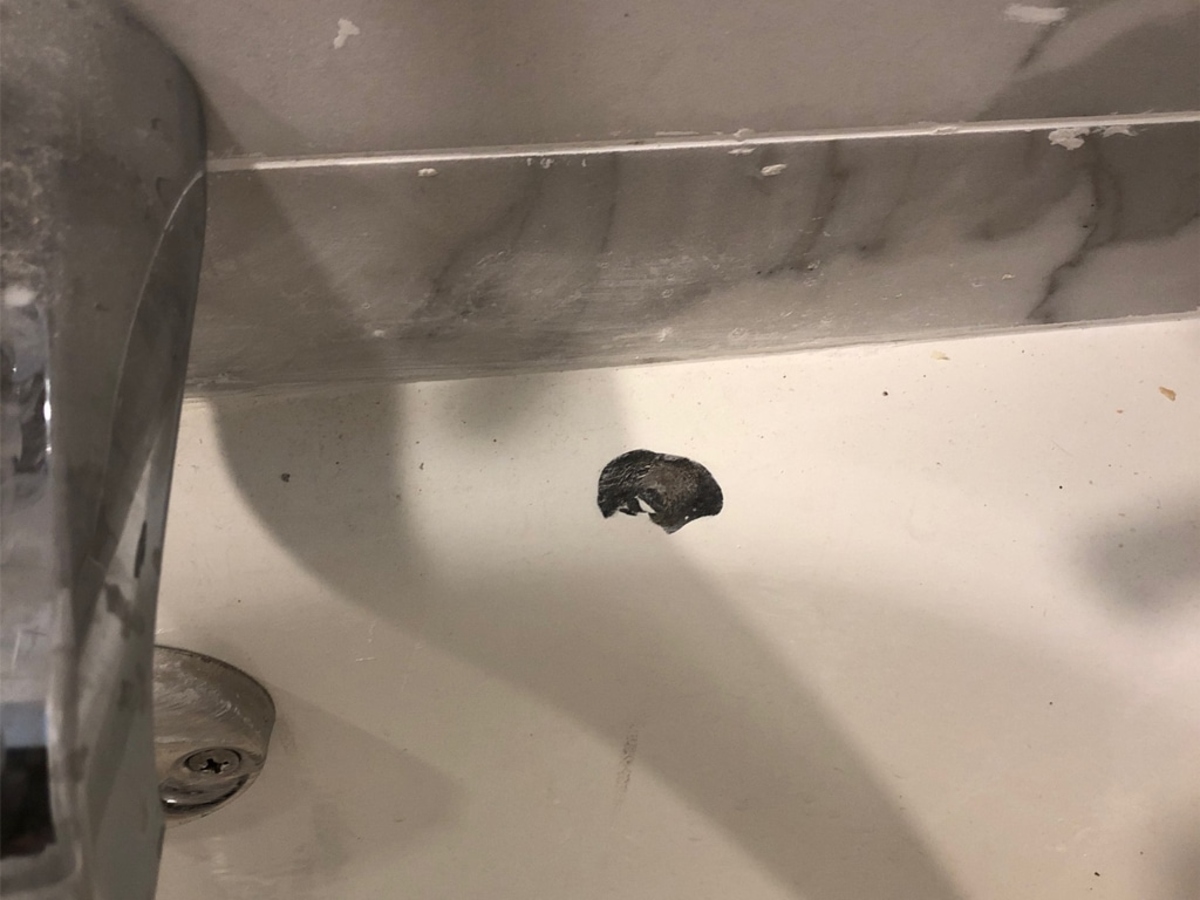
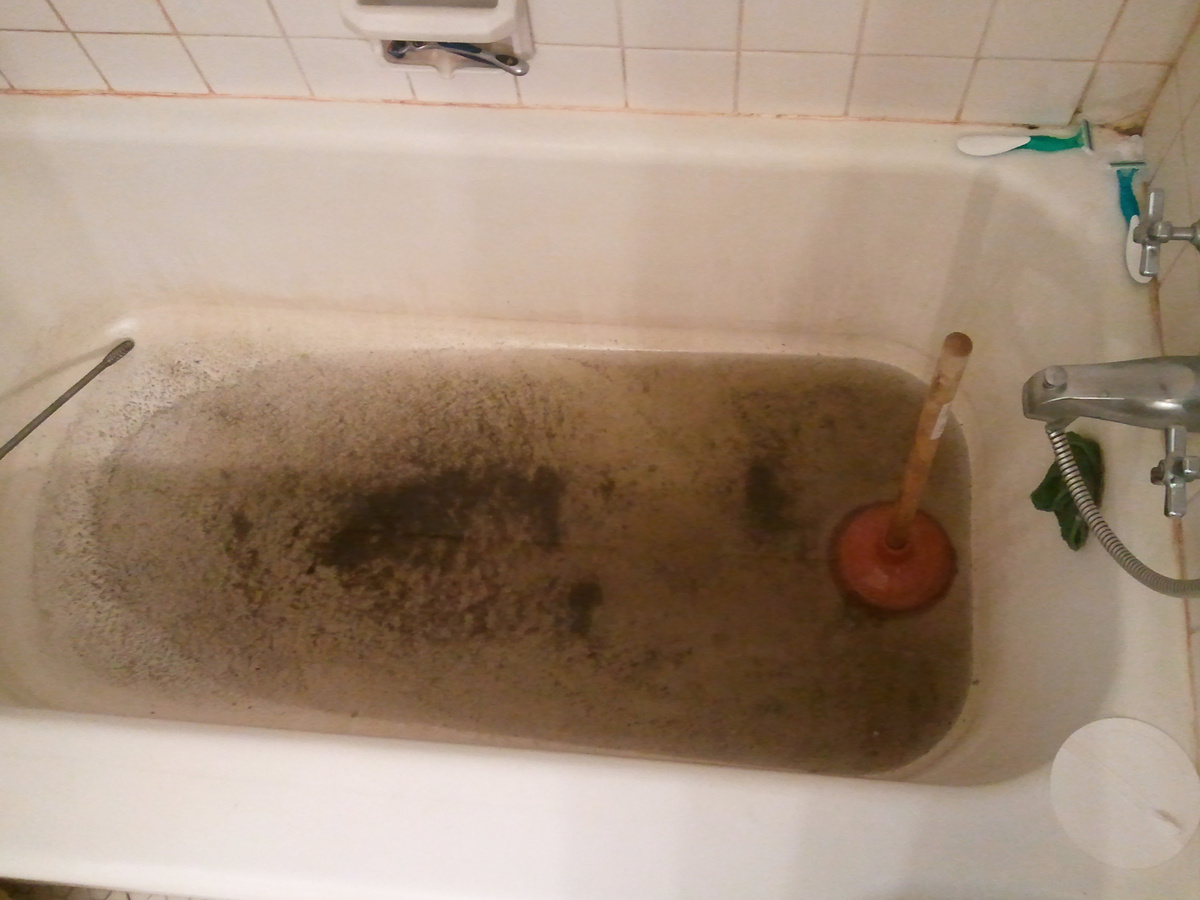
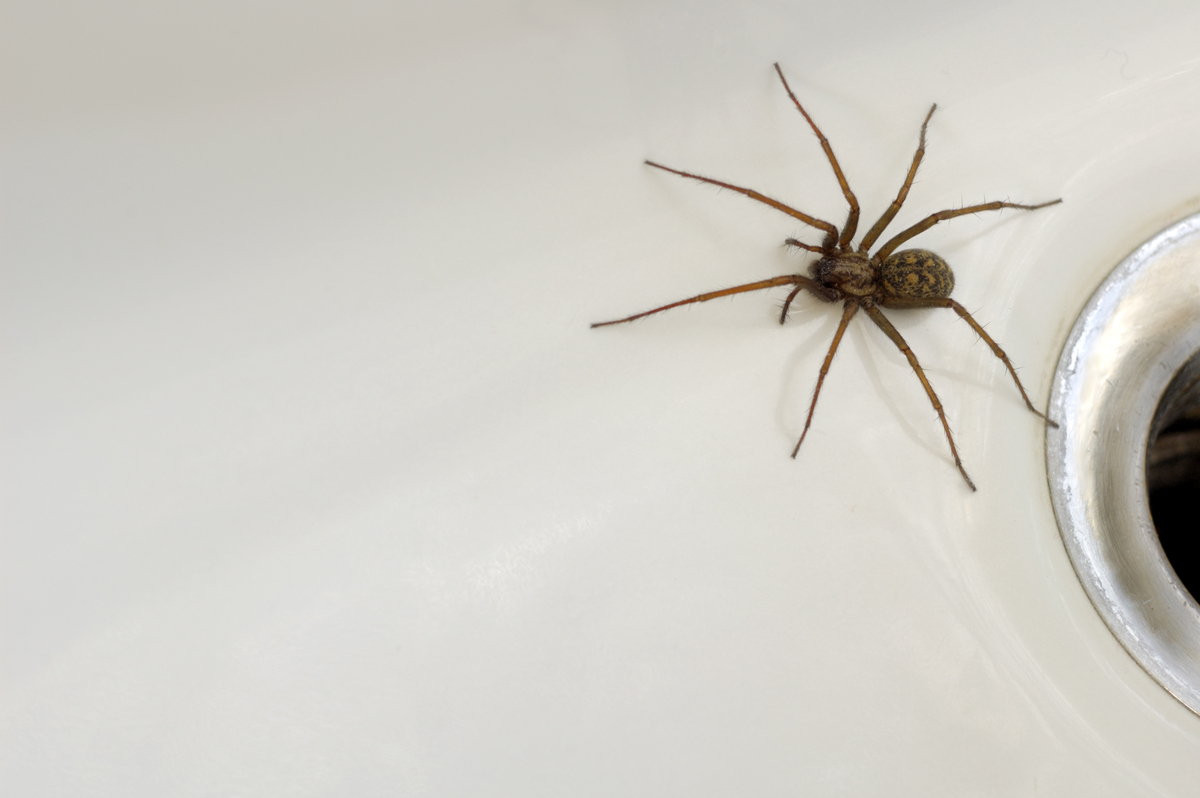
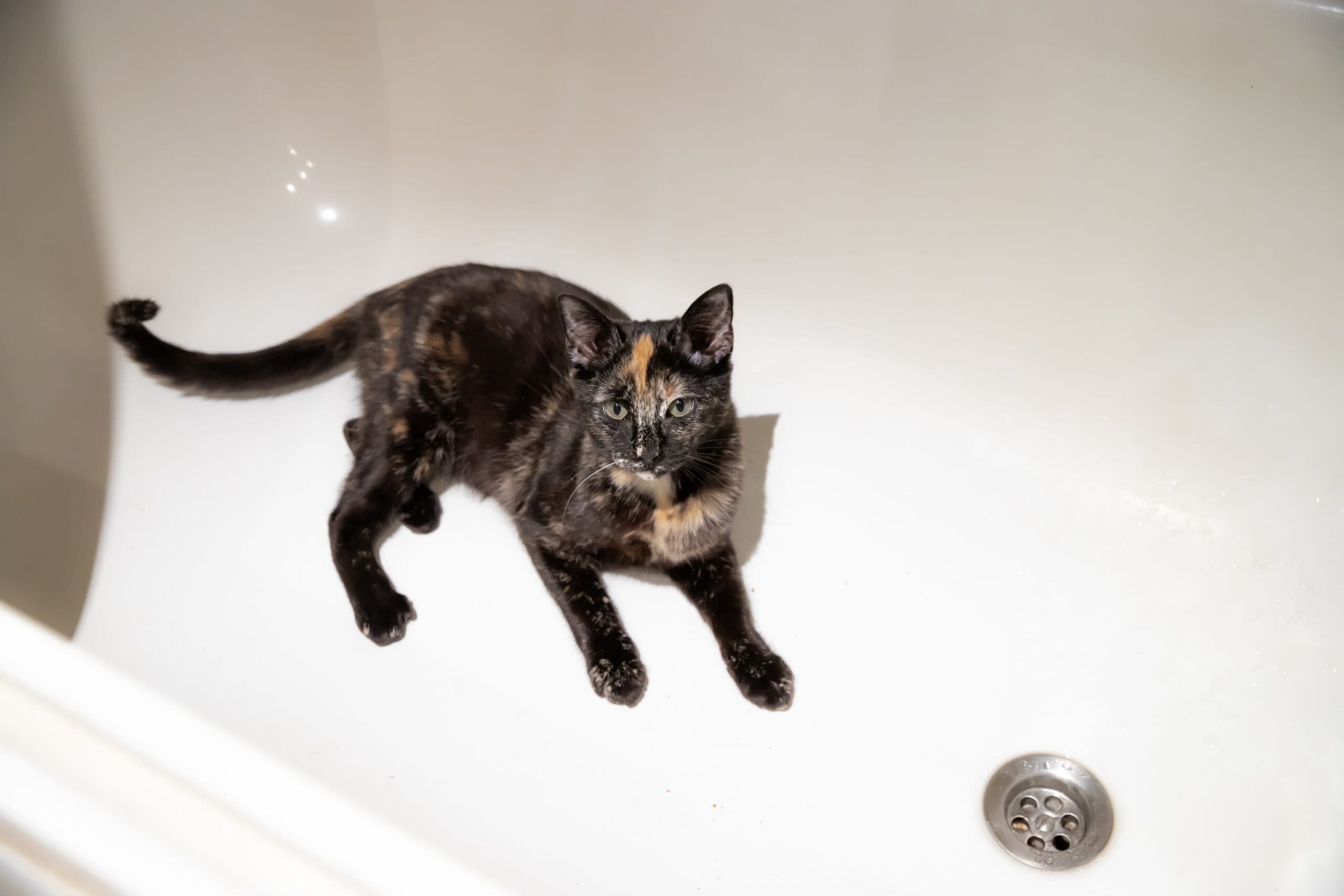
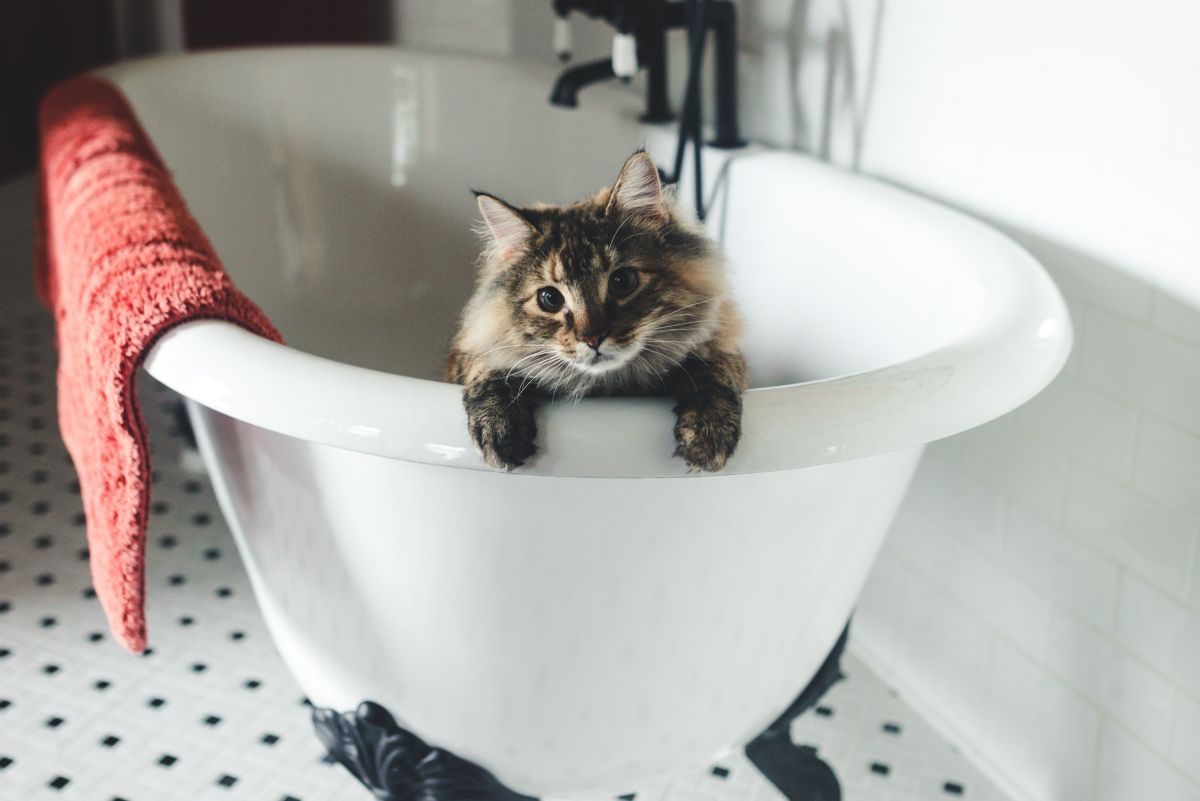
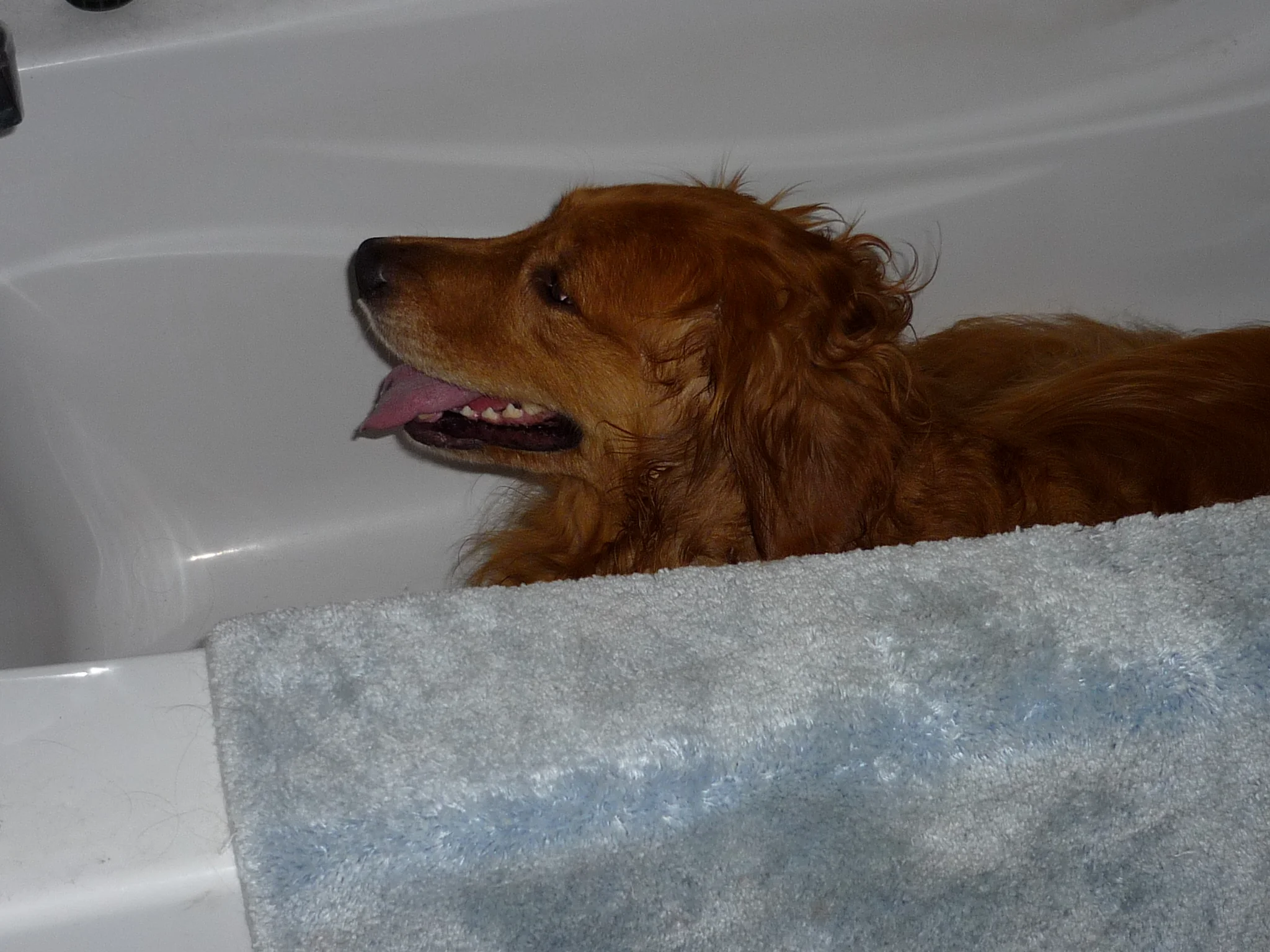
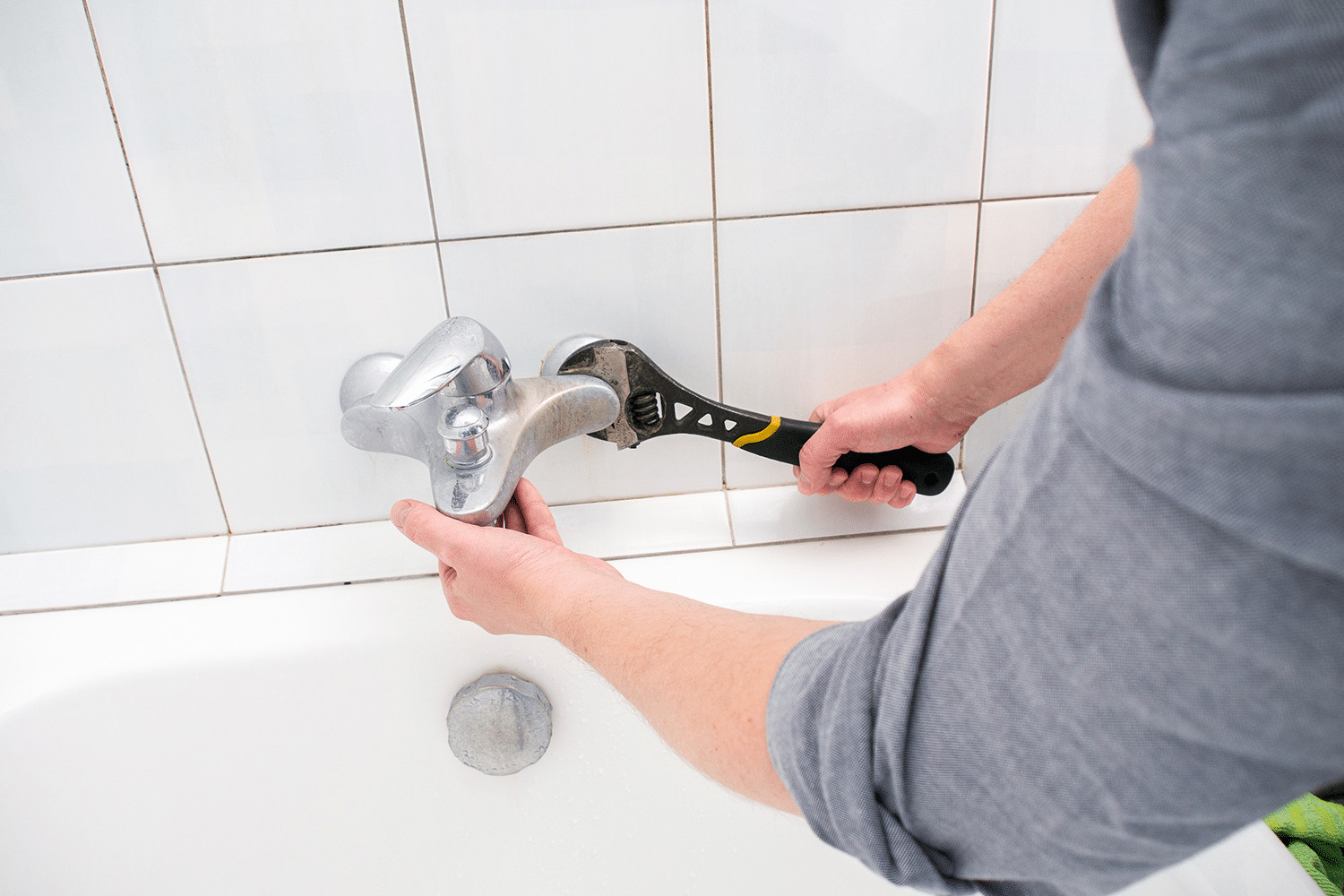
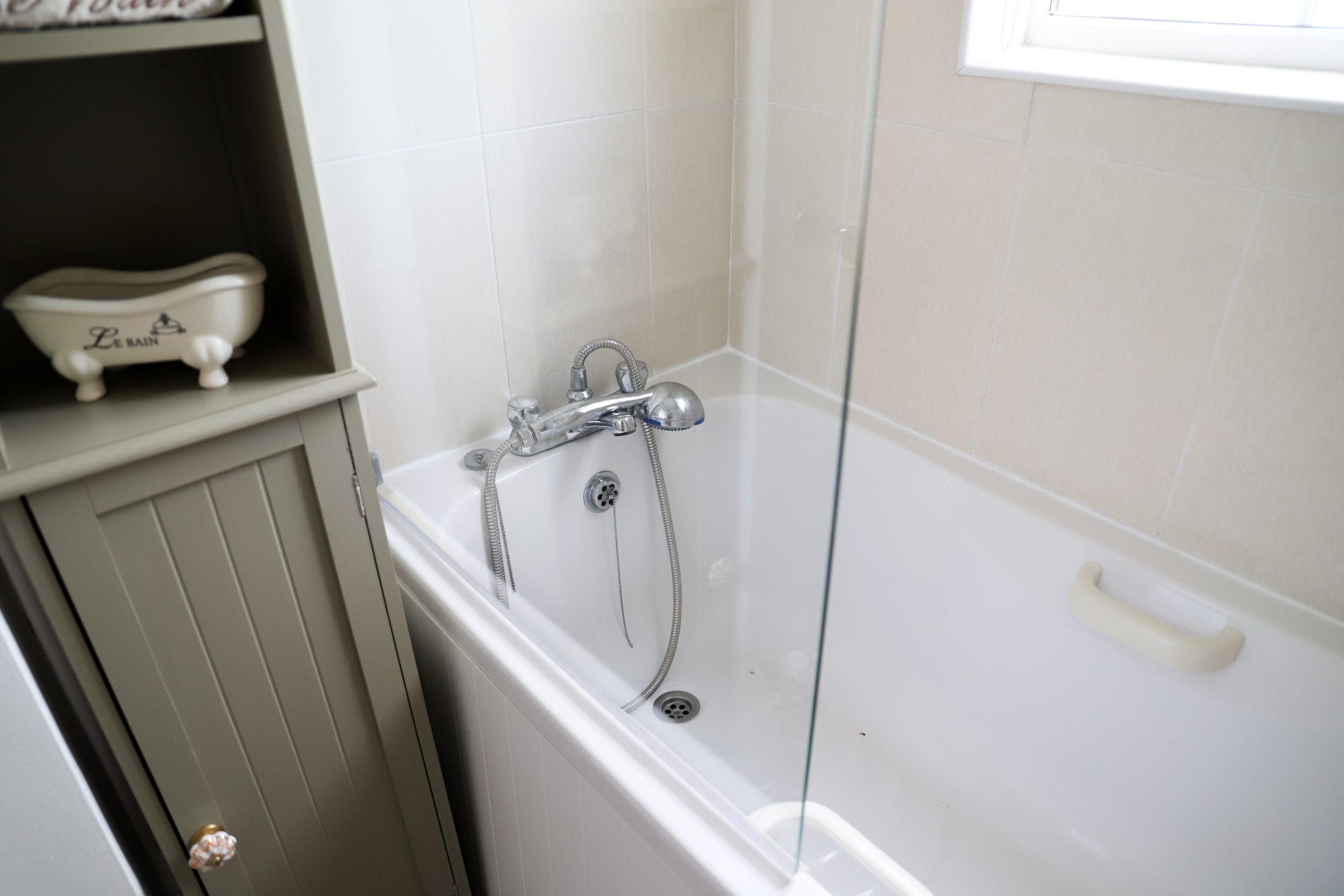
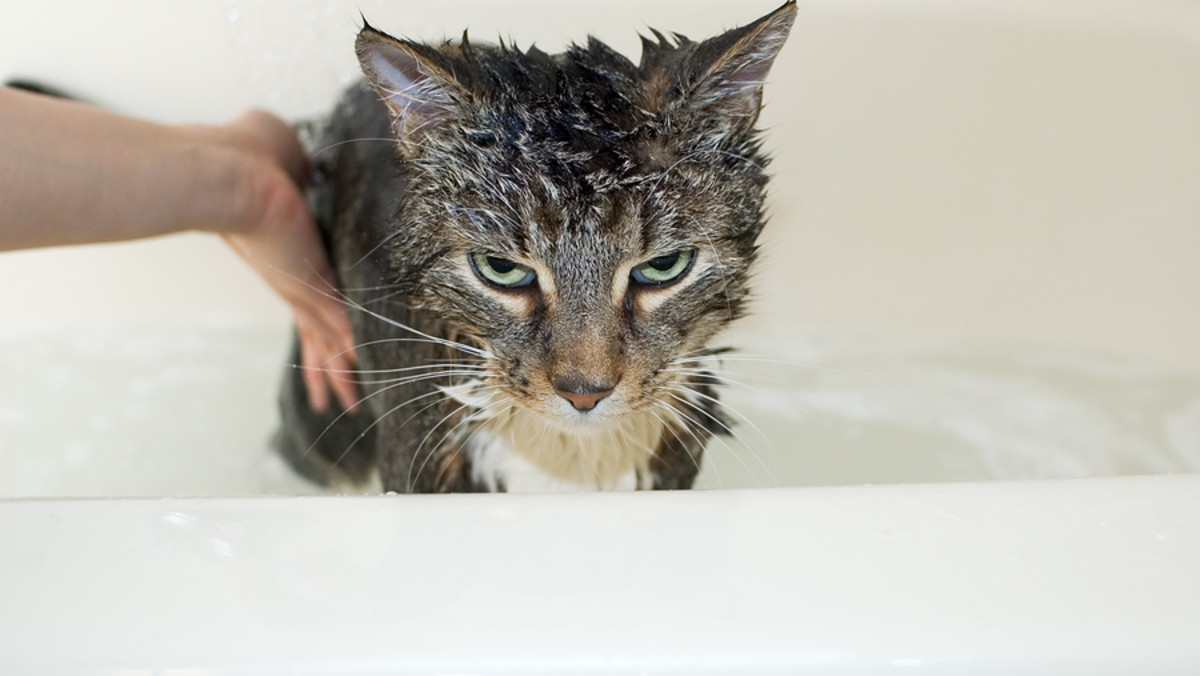
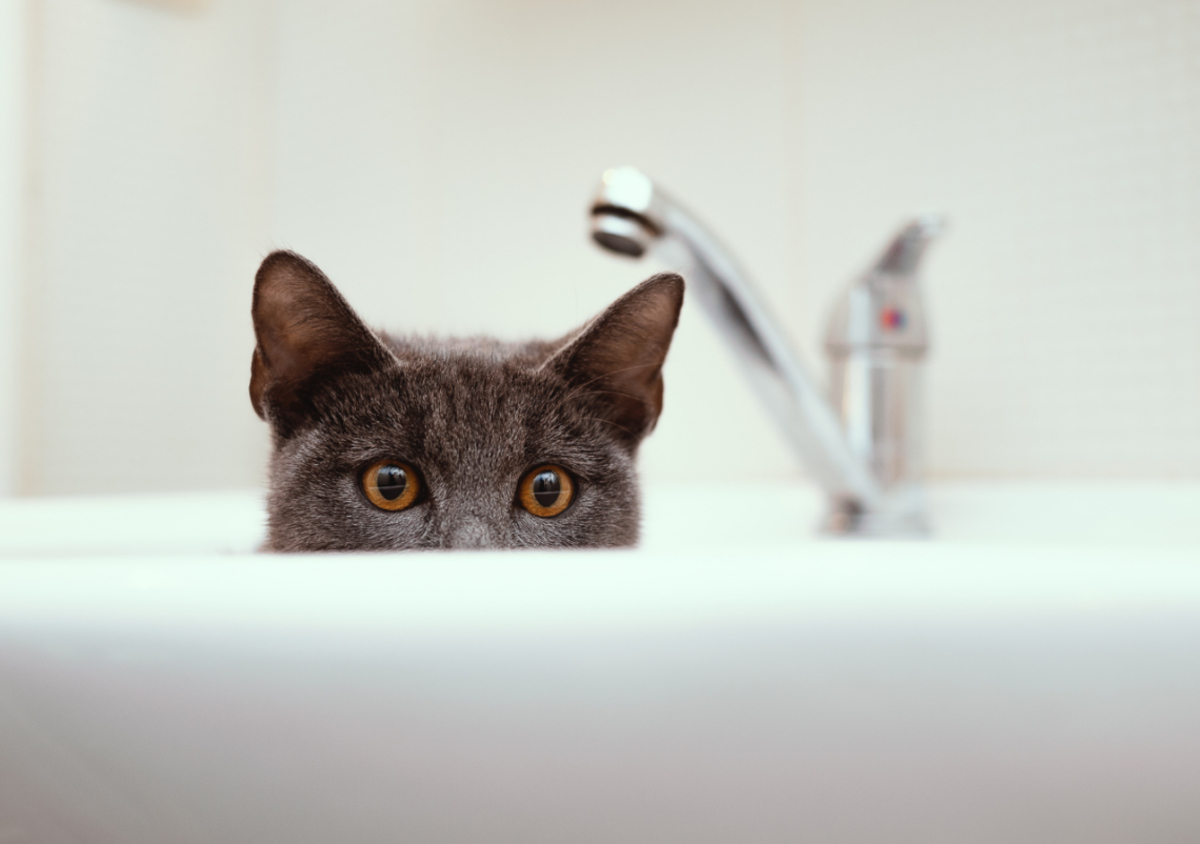


0 thoughts on “Why Are There Tiny Bugs In My Bathtub”